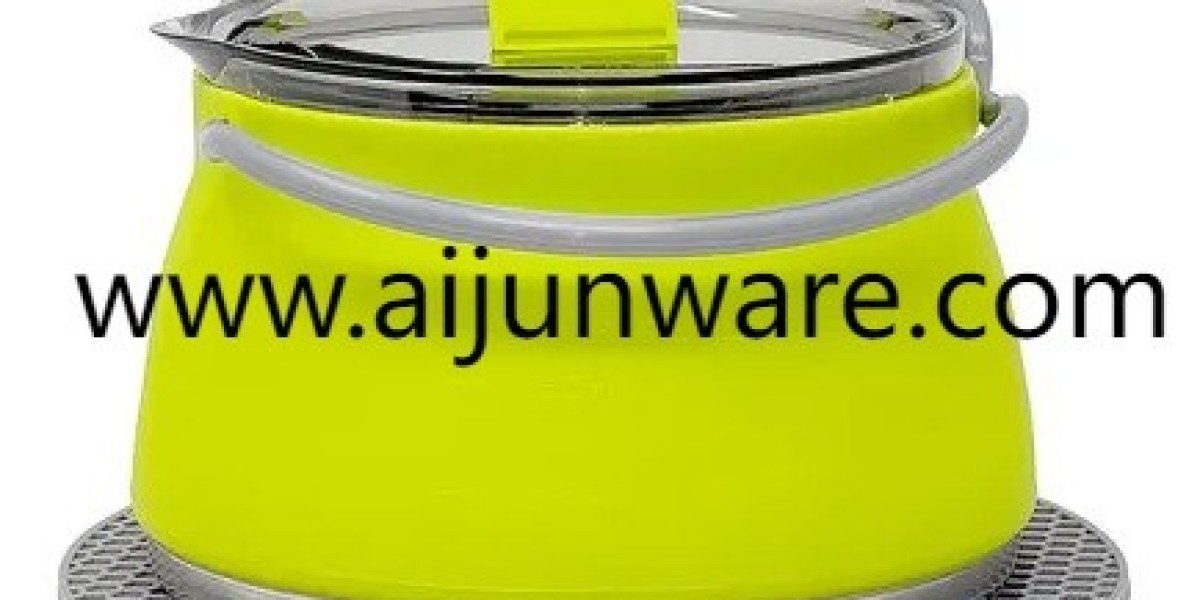Cold mornings and crowded camp kitchens make careful moves essential when handling hot liquids outdoors. A Camping Water Pot is often the centerpiece of meal prep at camp and knowing how to manage boiling water safely keeps everyone comfortable and prevents painful accidents. With more people heading outside to unwind and meet friends, practical safety habits around hot pots deserve a place in every pack.
Start with a stable setup. Place your pot on a flat, secure surface away from foot paths and tent doors. If the ground is uneven set a low platform of flat stones or use a stable cook stand so the vessel cannot tip when someone bumps a table. Wind can push flames and shift embers so add a simple shield or position the stove with the wind at your back to keep heat predictable. Avoid crowded arrangements where children or pets might brush past the cooking area.
Think about how you lift and carry a full pot. Always use an insulated grip or a cloth wrapped around the handle rather than bare hands. When moving water between stove and serving area carry the pot close to your body with slow steady steps to reduce slosh. If you must pass a pot across a group set it on a stable surface and let someone pick it up from there rather than handing it across people. This reduces the chance of spills and makes it easier to steady the load.
Pouring technique matters a great deal. Open lids away from your face and keep the pour low and steady. Aim for a slow stream rather than a fast gush and keep cups or smaller pots nestled against a bench or table so they do not tip. If you need to decant into small containers use a spout or a ladle to control flow. When serving children or older adults transfer a measured portion into a stable cup and let it cool slightly before giving it to them.
Use simple barriers to protect hands and surfaces. Insulating sleeves or a wrapped cloth around the pot keep heat away from fingers. Place a heat resistant mat under the pot to prevent scorching a picnic table and to give the pot a clear landing pad. Mark hot cookware with a bright cloth or a piece of tape so casual passersby know to give it space until it cools.
Keep lids and seals clean and functioning. Dripping or leaking lids invite sudden spills when a pot is moved. Check seals before you fill and inspect handles and rivets for looseness. A loose handle can swing and dump contents. Tighten mounts during setup and replace worn seals when you can. Choose pots with simple removable lids so you can wash and dry them fully between trips.
Be mindful of who is nearby. Assign a cooking zone and make it clear to others where hot items will be placed. If children are present set a clear boundary and involve them in safe tasks like stirring from a seated spot or setting out cups. When friends arrive hungry aim to serve quickly and keep the active cooking area compact so movement around the site stays calm.
Emergency preparedness reduces harm when accidents do happen. Pack a compact first aid kit that includes burn dressings and sterile gauze. For small scalds run cool water over the area and keep it flowing for several minutes then cover lightly and seek further care if the skin is blistered or pain is intense. If a spill soaks clothing remove wet layers to lower the risk of continued heat transfer. Practice calm responses so helpers do not crowd the injured person and increase the risk of further injury.
Plan for cooler times and overnight storage. If you keep hot water for later use wrap the pot in an insulating sleeve and set it in a sheltered spot away from gear that could be wet or damaged by heat. Never store boiling water inside a tent or close to sleeping bags where heat and moisture can create hazards. For longer outings consider transferring hot water into a sealed thermal bottle for safe carry and measured pouring.
Small habits add up. Rinse and dry pots thoroughly to avoid slippery residues that reduce grip. Replace worn parts rather than improvising risky fixes near flame. Practice pouring and lifting techniques at home until you feel confident. When campers share stories of near misses online those practical habits are the ones people pass along because they are simple and effective.
A thoughtful approach to hot water handling keeps meals warm and conversations friendly. Choosing sturdy cookware and planning how you set up serve and store hot liquids makes a big difference at camp. If you are evaluating pots and care details for safe outdoor cooking see product options and maintenance notes at www.aijunware.com/product/ .









